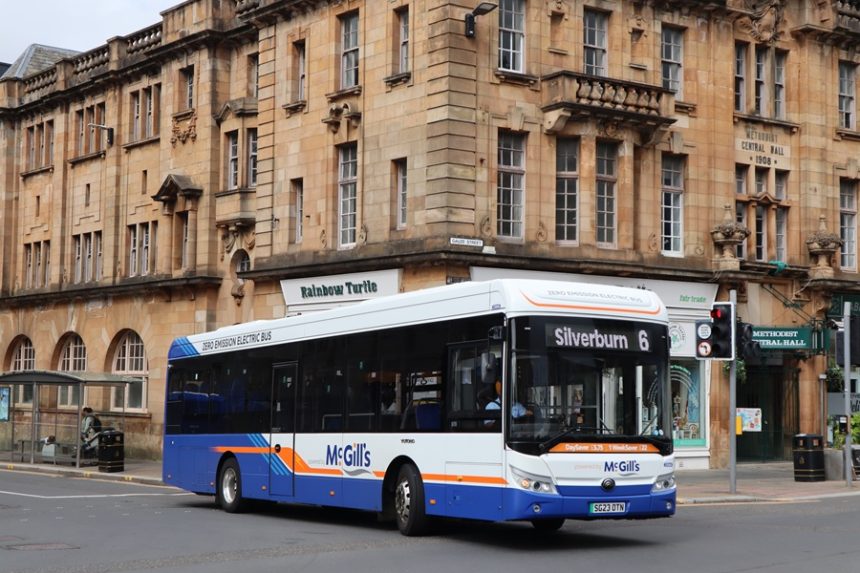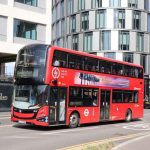The summer has arrived, MPs have dispersed, the last policy announcements have been made, and Westminster has settled down for a holiday. It is the perfect time to review progress in decarbonising the coach and bus sector – and consider the challenges ahead.
There are many reasons to be optimistic. According to the latest Society of Motor Manufacturers and Traders figures, the UK has the largest zero-emission bus market in Europe by volume. Sales have surged across double-deck, single-deck and minibus segments (but not in coaches).
There are 37 zero-emission models currently available from both domestic manufacturers such as Alexander Dennis and Wrightbus, and importers such as BYD, Irizar, Volvo, and Yutong.
Despite recent rhetoric to the contrary, the urgent need to tackle the climate emergency remains the most compelling reason to make the zero-carbon switch, and it continues to enjoy strong public support.
Eliminating tailpipe emissions in towns and cities also improves air quality, leading to better public health outcomes and a reduction in noise pollution. These public benefits have been the impetus behind policy initiatives across the UK to accelerate the uptake of zero-emission buses (ZEBs).
In the four years to March 2025, the Department for Transport supported some 2,800 buses through the Zero Emission Bus Regional Areas scheme. In Scotland, the Scottish Zero Emission Bus challenge fund supports innovative business models and funds capital costs of vehicles and infrastructure.
In Wales, ambitious targets to decarbonise bus fleets have been announced with support for new ZEBs and for repower of existing diesel buses. In Northern Ireland, the main public transport provider Translink is investing in ZEBs and charging infrastructure.
The transition to net-zero also offers significant economic opportunities that we as a nation should seize. Coach and bus fleets can benefit from lower operating costs – not only from reduced energy use, but also from decreased maintenance expenses thanks to the simpler design of electric drivetrains.
Fleets can enhance their public image by demonstrating environmental responsibility while offering passengers smoother, quieter rides that may boost customer satisfaction and potentially increase patronage.
New revenue streams are emerging too, such as offering third-party access to charging infrastructure or engaging in energy trading. These are within the power of fleets to realise, but help, advice and best practice are needed – a role that the Bus Centre of Excellence is striving to provide.
There are broader economic benefits to secure for UK PLC. Growth in the zero-emission bus sector can help to drive wider industrial development – stimulating research, innovation, manufacturing of drivetrain technology, and vehicle production and assembly.
Increased electricity demand from fleet charging can also help to spread the cost of investing in a smarter, more distributed energy system that better balances supply and demand.
But the switch to a zero-emission bus fleet presents challenges, too. One is the need to ensure a fair and just transition. The largest fleets now have the resources to make the change, but those that are small and medium-sized will find it harder.
Another challenge is the limited capacity of local electricity grids and the high cost of upgrades needed by charging infrastructure – barriers that hold back ZEB deployment in parts of the UK.
These and other challenges are analysed in Zemo Partnership’s latest report, Decarbonising UK Road Transport: Map of Missing Policies. The report identifies gaps in the current policy framework. It suggests practical solutions to policymakers to decarbonise the coach and bus sector more rapidly – and deliver the environmental, public health and economic benefits.


























